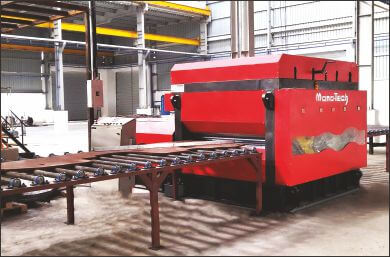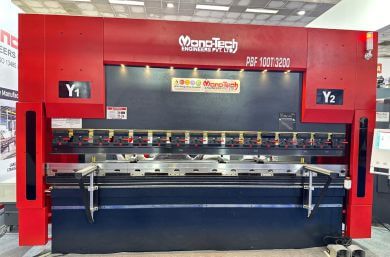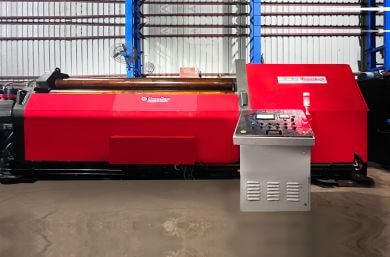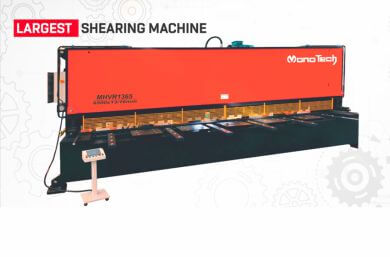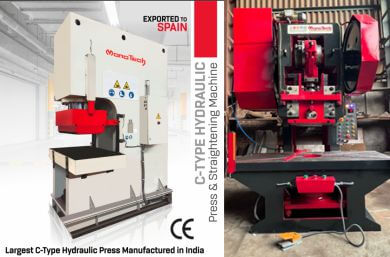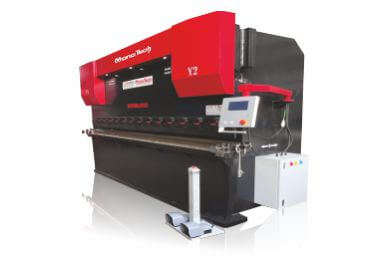Electro Mechanical Straightening Machine — Consistent Flatness, Sustainable Returns
Design &
Key Features & Accessories
Optional accessories
- Line integration: Add decoiler, loop control, servo feeder, flying or guillotine shear, and stacking table to create a cut‑to‑length line tailored to material mix and takt time.
- Quick‑change cassette: Removable work‑roll cartridge shortens maintenance windows and enables fast roll‑set swaps for different thickness windows.
- Roll finishes: Super‑finish/chrome rolls and polyurethane‑covered pinch rolls protect sensitive coatings and reduce cosmetic rework.
- Automatic flatness control: Laser or roller feedback trims penetration dynamically to counter coil set and cross‑bow variation across and along the strip.
Control & Handling
- Consistent flatness: Encoder‑controlled penetration and rigid backup deliver low residual bow and edge wave across mixed scrap streams.
- Gentle on surfaces: Hardened, fine‑finish rolls and optional chrome limit print‑through on coated or rust‑treated sheets.
- Efficient operation: Recipe recall, low‑maintenance electro‑mechanical actuators, and VFD drives reduce energy and changeover losses per ton.
- Tailored solutions: Widths, roll finishes, quick‑change cassettes, and full line integration align with throughput targets and product mix.
Want to Know More?
Download our brochure or request more information to learn about how Monotech can help you achieve your manufacturing goals.




















